Laser Knowledge
What Is Laser Welding Technology?
Lasers provide contact-free, high-speed metal welding solutions for advanced manufacturing across countless industries. With fiber lasers, laser welding has become a highly reliable, easily automated process that provides the highest part quality, typically at the lowest processing costs, and virtually maintenance free.
What Is Laser Welding
Laser welding is a high-precision welding technique that uses a laser beam as the heat source to join or fuse materials together. It is a non-contact process that produces narrow, concentrated heat, resulting in precise and efficient welding.
In laser welding, a laser beam is generated and focused onto the workpiece. The intense heat generated by the laser beam rapidly melts and vaporizes the material at the joint, creating a small molten pool. As the laser beam moves along the joint, the molten material solidifies, forming a strong and durable weld.
There are two main types of laser welding: conduction mode and keyhole mode. In conduction mode welding, the laser beam heats the surface of the materials, causing them to melt and fuse together. This mode is typically used for welding thin materials or when a shallow weld depth is required.
Keyhole mode welding, on the other hand, involves a higher power laser beam that creates a deep, narrow hole or “keyhole” in the material. The laser beam penetrates through the material, melting and vaporizing it. As the laser beam moves along the joint, the keyhole is filled with molten material, which solidifies to form a weld. Keyhole mode welding is suitable for thicker materials or when a deeper weld penetration is needed.
Laser welding offers several advantages over traditional welding methods. It provides precise control over the welding process, allowing for accurate positioning and minimal distortion of the workpiece. The high energy concentration of the laser beam enables fast and efficient welding, resulting in high productivity. Additionally, laser welding can be used to join a wide range of materials, including metals, plastics, and even dissimilar materials.
Applications of laser welding machines can be found in various industries, including automotive manufacturing, aerospace, electronics, medical device fabrication, and jewelry production. It is commonly used for welding components such as sheet metal, tubes, and complex 3D structures that require high-quality and precise welds.
How Does Laser Welding Work
Generation of Laser Beam
The process begins with the generation of a highly focused and concentrated laser beam. The laser source can be a solid-state, gas, fiber, or semiconductor laser, depending on the application requirements.
Focusing the Laser Beam
The laser beam is then directed through a series of mirrors or lenses to focus it on the precise spot where the welding needs to occur. Focusing the beam is crucial for achieving the required energy density.
Material Preparation
The materials to be welded are prepared by ensuring clean and flat surfaces at the joint. Proper fit-up and alignment are essential for successful welding.
Absorption of Laser Energy
When the focused laser beam reaches the material’s surface, it is absorbed by the material. The energy from the laser beam is absorbed by the atoms in the material, leading to an increase in temperature.
Melting and Welding
As the temperature rises, the material at the focal point reaches its melting point. The laser beam melts a small amount of material, forming a molten pool. The heat is localized, minimizing the impact on the surrounding areas.
Solidification and Bond Formation
After the laser beam is moved or turned off, the molten material solidifies, creating a solid joint between the two pieces. The speed at which the laser beam moves, as well as the duration of exposure, influences the size and strength of the weld.
Control and Precision
Laser welding offers high precision and control, making it suitable for applications where accuracy and minimal heat-affected zones are crucial. The process is often automated, allowing for consistency and repeatability.
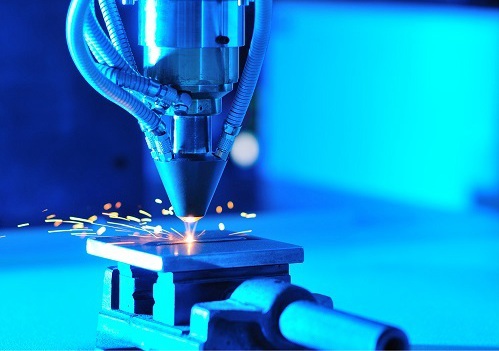
Advantages of Laser Welding
Laser welding is versatile and can be used in conjunction with arc welding to create hybrid laser arc welding. The resulting weld possesses the advantages of both laser welding and arc welding. The weld also has deep penetrating joints and improved tolerance to joint fit-up. Undesirable effects such as internal porosity and cracking are also reduced.
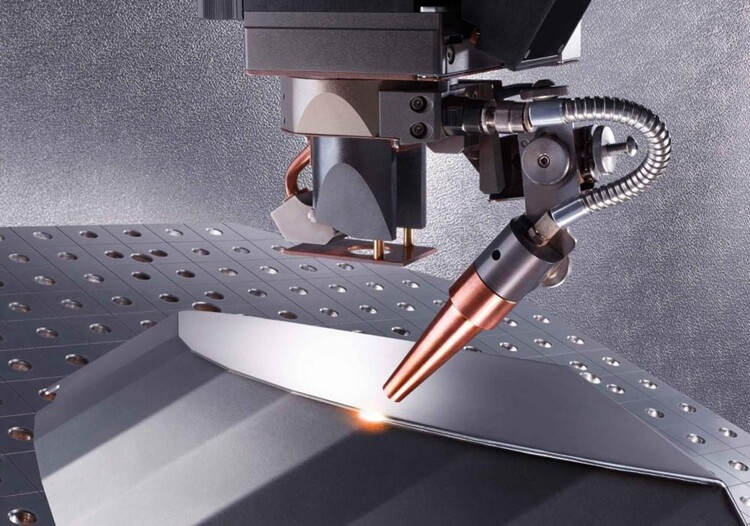
When compared to traditional welding methods, laser beam welding offers the following advantages:
Less heat
A highly concentrated laser beam is focused on a small area, making the heat-affected zone (HAZ) smaller. Thus, laser welding operation requires low-temperature input when compared to traditional welding.
Faster processing time
Though the initial investment is high, the process proves to be more cost-effective than traditional welding. This is because laser welding has a faster processing speed that results in higher production and quicker turnaround.
Lowers risk of thermal distortion
There is less thermal stress because the process involves a low heat input. The focused beam melts only a small area of the metal, thus minimizing heat-induced internal stress and distortion to the workpiece.
High precision
The laser beam can be controlled and focused on a small area. This permits the welding of components with high precision. Its tailorable spot size makes laser welding most suitable for delicate or thin metals.
ibre laser welds are “small” and “deep”. Welding beads and heat-affected areas are minimal, and high-strength welding is achieved at high speed. Discolouration or deformation, burns from welding are minimal, thus contributing directly to the quality of the product finishes. Additionally, the quick yet deep welding translates to high strength welding joints and the removal of edge preparation process.
The robotic nature of this welding accommodates complex welding requirements such as remote welds, long welds, curved welds and spot welds. The robotic program can be combined with NC or CAD/CAMs thus making complex 3-dimensional welding from 3D-CADs (such as Solidworks) possible.
Applications:
Laser welding is utilized in various industries, including automotive, aerospace, electronics, medical devices, and more. It is commonly used for joining components made of metals, alloys, plastics, or ceramics.
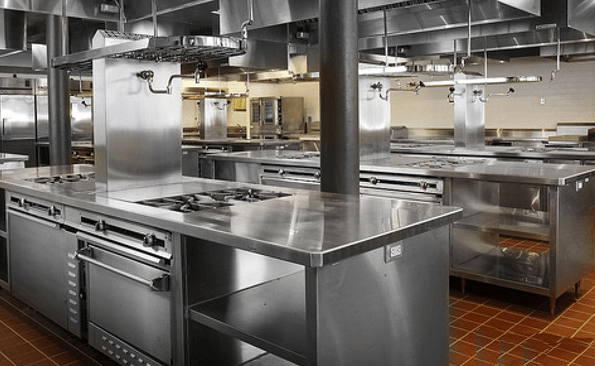
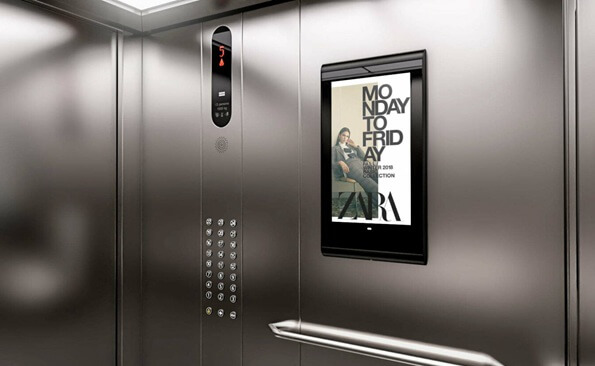

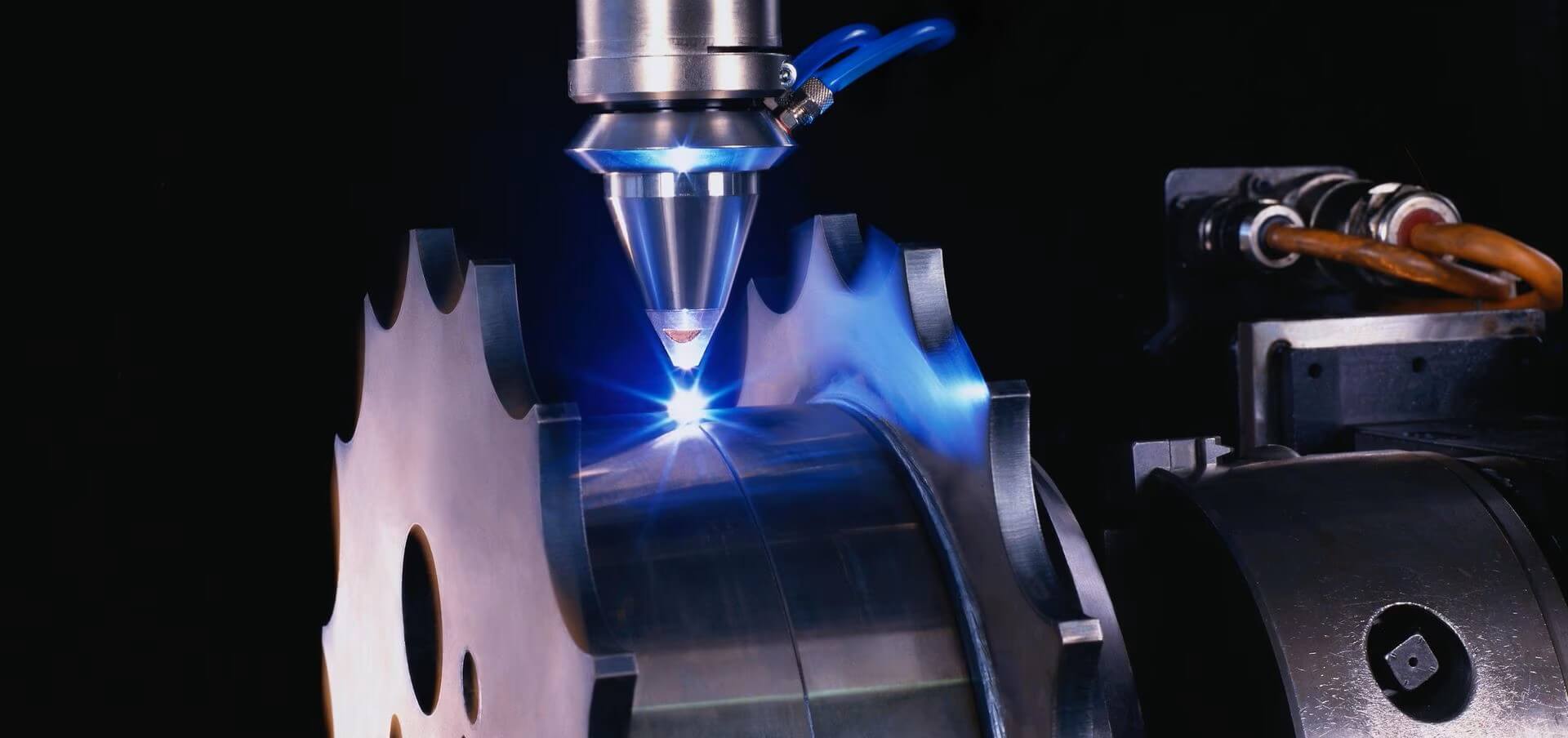
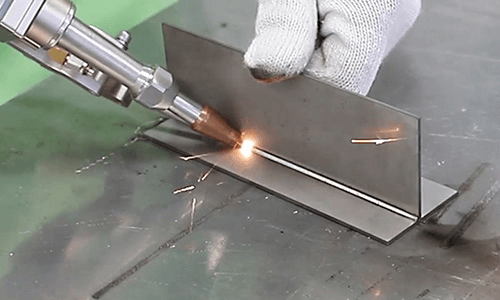
IGOLDEN BLOG
Thank you for visiting the iGOLDENCNC website. iGOLDENCNC is the professional supplier of CNC machinery application solution, within the business of producing and selling CNC machinery and accessories.